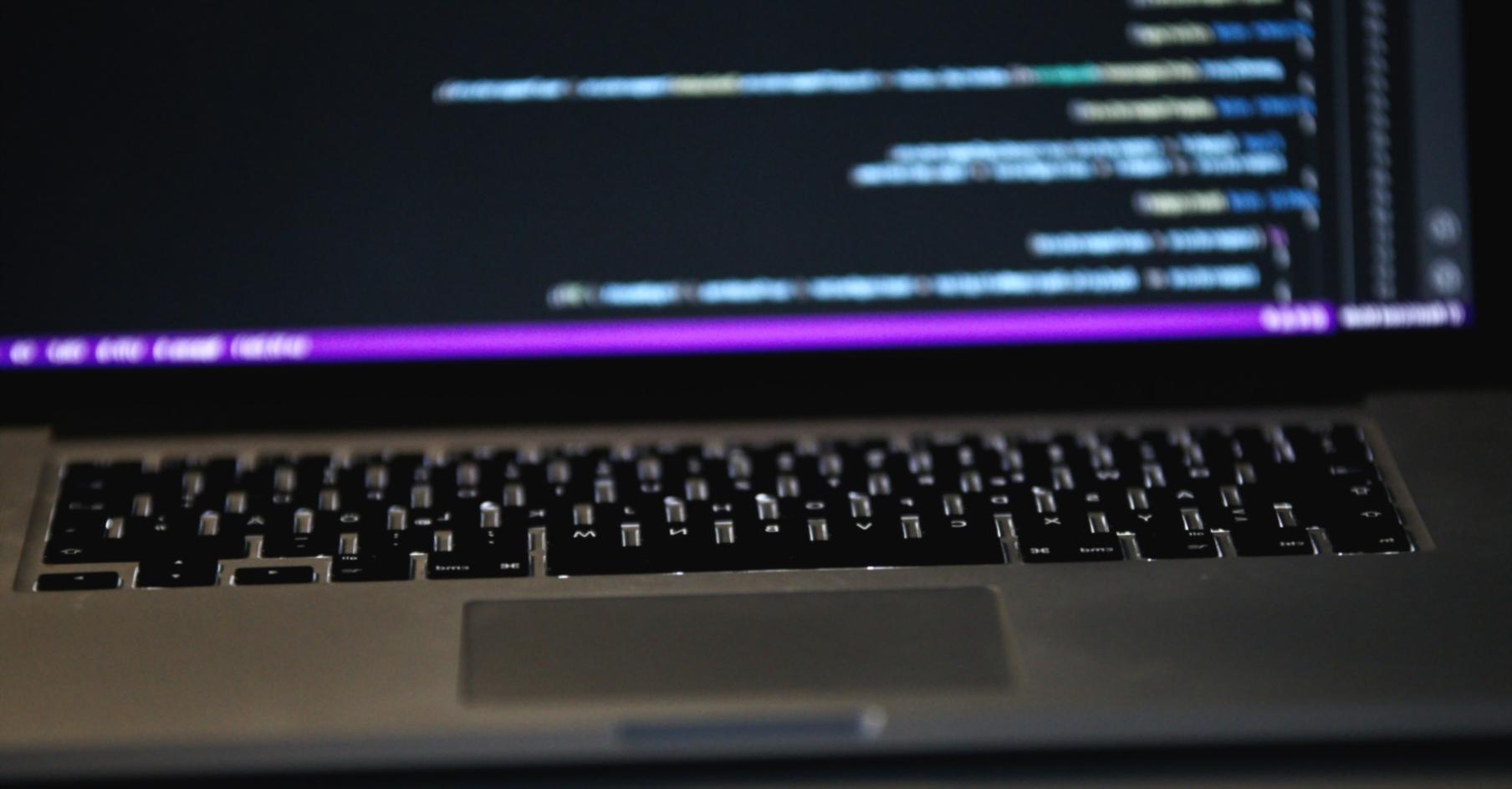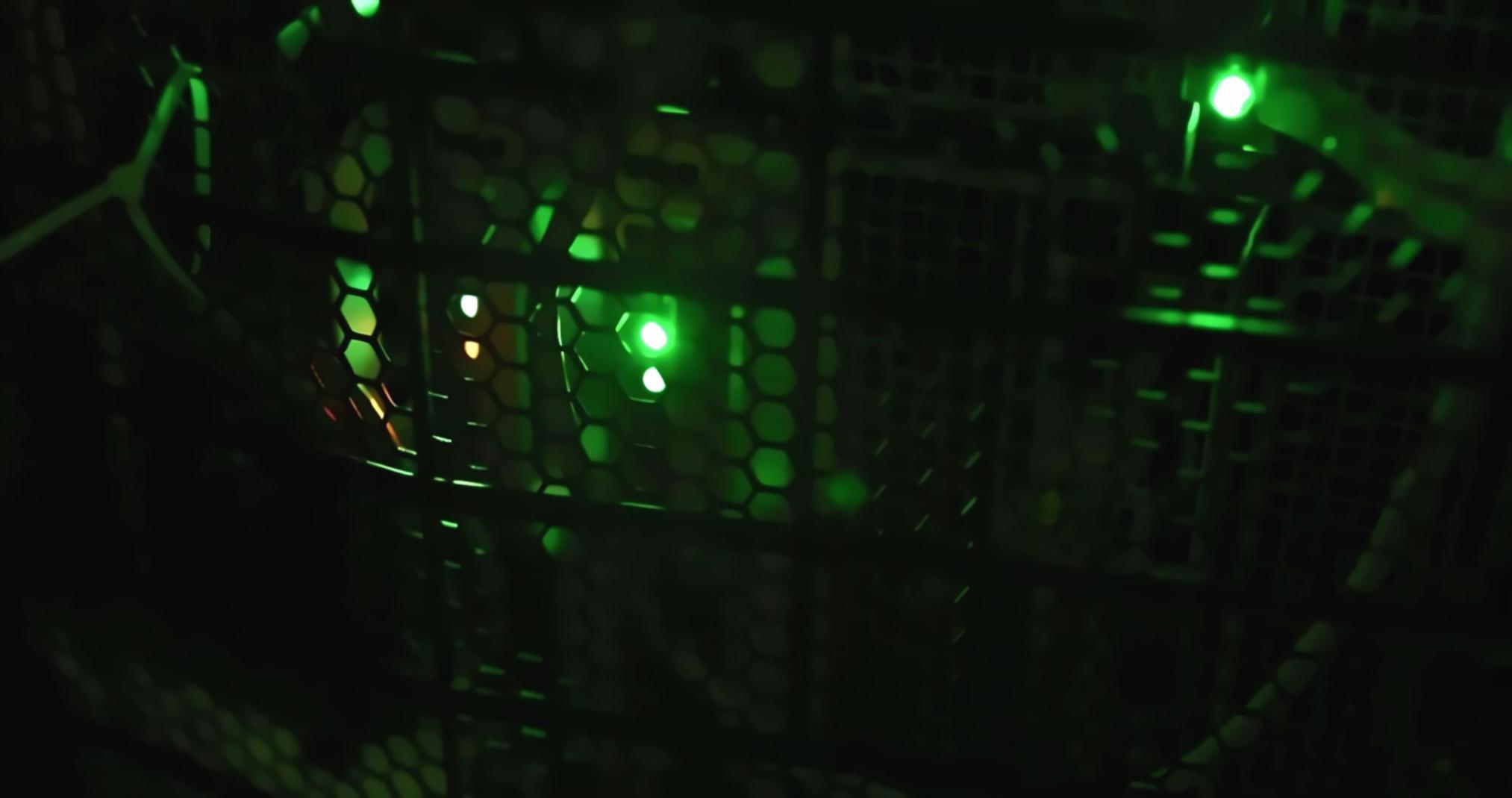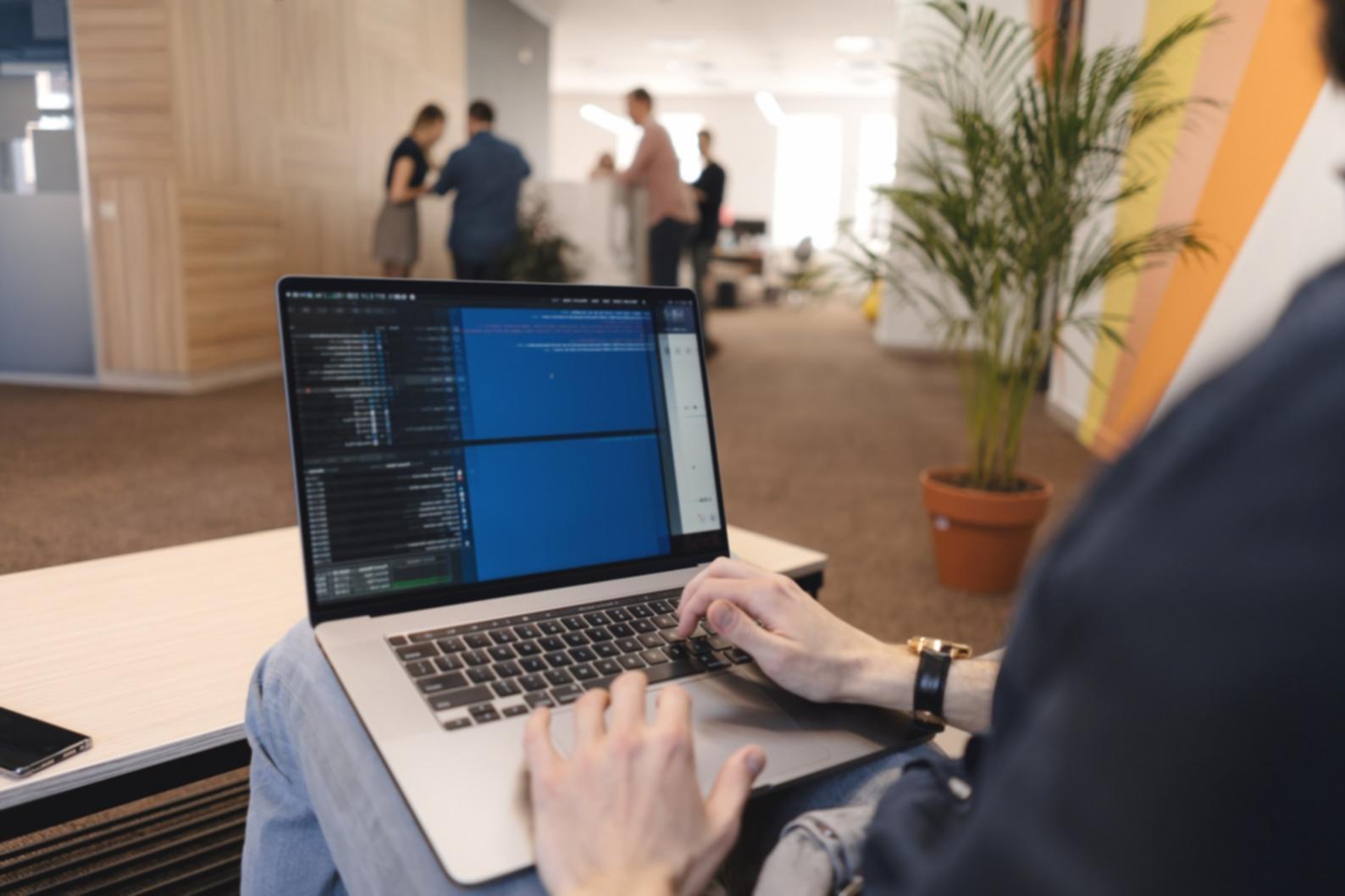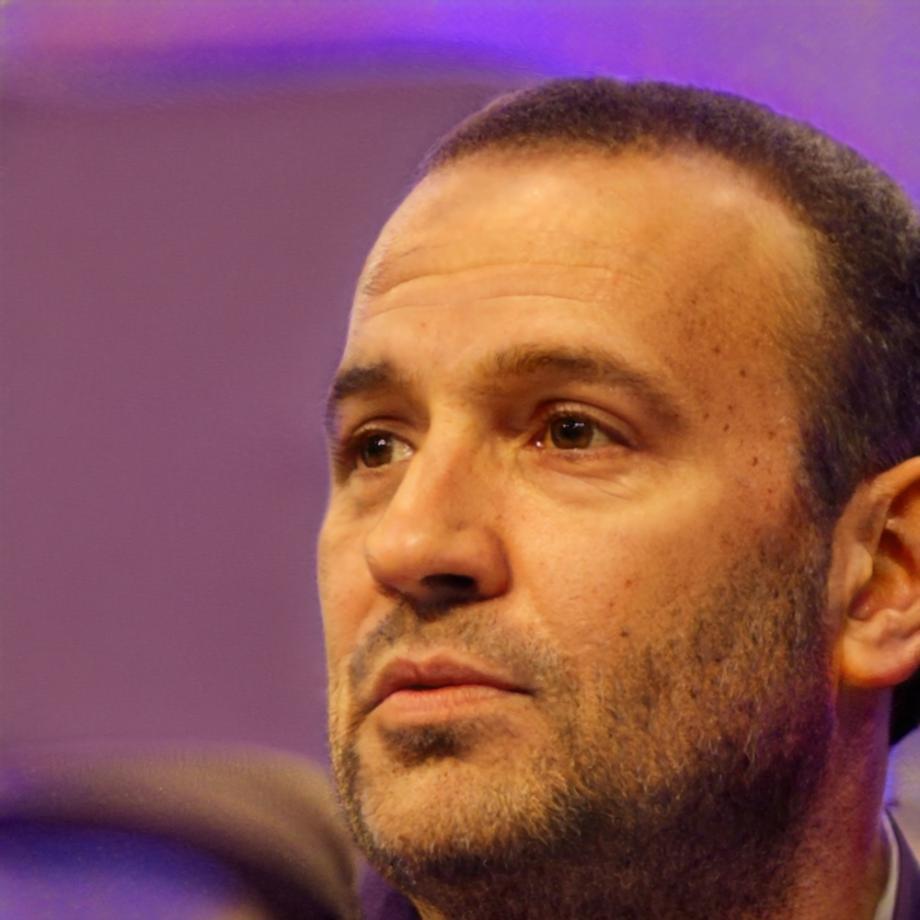Blockchain Architecture for Content Distribution
Learn how decentralized systems are changing media ownership, royalty distribution, and content authenticity verification across digital platforms in 2025.
Building on Real Infrastructure
Most blockchain education focuses on theory. We work with actual networks that handle content distribution right now. You'll see how NFT metadata gets stored, how smart contracts manage licensing terms, and why certain architectures fail under real-world traffic.
Taiwan's position as a tech manufacturing hub gives us direct access to hardware infrastructure that supports blockchain networks. Our partners in Tainan work on server farms and validation nodes, which means you get to understand the physical layer most courses ignore.
Fall 2025 cohort starts October 15. We're keeping it small — just 18 participants. Applications open June 2025.

Three Skill Tracks That Actually Matter
Pick one path or combine them. Each track addresses specific challenges we've seen in production environments.
Content Verification
Build systems that prove authenticity of media files. Hash functions, timestamp servers, and merkle trees that journalists and photographers need for attribution.
Royalty Distribution
Smart contracts that split payments among collaborators. Musicians and writers need this solved yesterday. You'll work with actual payment rails, not testnet tokens.
Decentralized Storage
IPFS and Arweave integration for permanent content hosting. When platforms delete your work, where does it live? This track answers that question.



Weekly Builds That Solve Actual Problems
Every Saturday from 9am to 4pm. We meet in Tainan at our partner lab space. You'll work through real implementation challenges — the kind where documentation doesn't help and you need to read source code.
One weekend you're debugging why gas costs exploded on a metadata update. Next week you're explaining to a photographer why their 4K images can't go directly on-chain. By month three, you're designing systems that balance cost, speed, and decentralization for clients who don't care about blockchain philosophy.
- Direct mentorship from engineers running production systems
- Access to testnet environments with realistic data volumes
- Code reviews that focus on security and cost optimization
- Portfolio projects you can show to employers or clients
Learn From People Building This Technology
Our instructors work on blockchain infrastructure during the week. They teach because they remember how confusing this field was when they started.

Darren Viktorsson
Smart Contract SecuritySpent four years finding vulnerabilities in DeFi protocols. Now helps media companies avoid the same mistakes. Based in Tainan since 2022, works with local startups on contract auditing.

Elara Novakova
Distributed SystemsBuilds content delivery networks that integrate blockchain verification. Previously worked on storage protocols for archival institutions. Teaches the infrastructure most developers never see.
Getting Started This Year
Our autumn 2025 cohort runs from October through January 2026. Here's how the process works and what to expect.
Application Period
Submit your background, technical experience, and what you want to build. We're looking for people who can commit to Saturday sessions and have basic programming knowledge.
Technical Assessment
Complete a coding challenge that tests your ability to read documentation and debug unfamiliar systems. It's open-book and you have two weeks.
Final Decisions
We confirm the cohort and send detailed pre-work materials. You'll set up development environments and complete introductory readings before the first session.
Program Begins
First Saturday workshop in Tainan. Meet your cohort, get lab access, and start building. Sixteen weeks of hands-on work with real blockchain systems.
